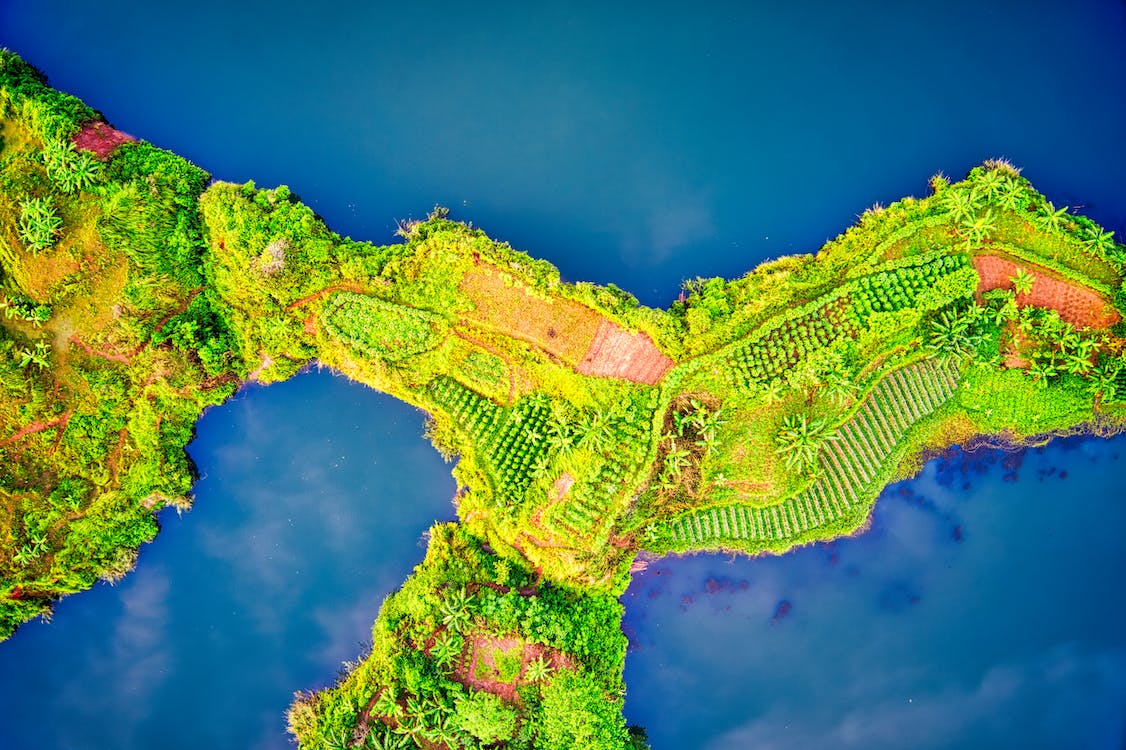
Description
4D mapping, which involves 3D spatial dimensions along with the element of time, has traditionally been a complex and data-intensive task. Incorporating machine learning techniques into the realm of 4D mapping represents an effort to enhance data processing, interpretation, and visualization capacities.
Impact During the Project
Efficient Data Processing and Interpretation:
Traditional State: Earlier 4D mapping methods were heavily reliant on manual data interpretation and conventional algorithmic techniques, often resulting in slower processing times and potential human-induced biases.
Advancement: Machine learning, with its capacity for pattern recognition and automated learning, can significantly accelerate the process of data interpretation. It can detect subtle patterns in vast datasets that might be overlooked by traditional methods.
Dynamic Visualization:
Traditional State: Traditional 4D visualizations were often static or required significant manual efforts to update in response to new data or to visualize different scenarios.
Advancement: Machine learning algorithms can dynamically adjust visualizations based on the patterns they recognize, allowing for real-time adjustments and updates to the 4D maps as new data gets incorporated.
Enhanced Accuracy:
Traditional State: Conventional 4D mapping methods might not have been able to handle the sheer volume of data or the complexities inherent in certain datasets, leading to potential inaccuracies or oversimplifications.
Advancement: Machine learning techniques can handle vast amounts of data, refining their algorithms as more data becomes available, thereby improving the accuracy of the maps generated.
Impact Post Project
Scalability and Adaptability:
Traditional State: Earlier methods were typically designed for specific datasets and might not have been easily adaptable to different types of data or varying scales of projects.
Advancement: Machine learning models can be trained on diverse datasets, making them scalable and adaptable to various mapping projects. With the right training data, these models can be tailored to specific industries or applications.
Continuous Learning and Improvement:
Traditional State: Traditional mapping methods had static algorithms that didn’t evolve or improve unless manually updated.
Advancement: Machine learning inherently involves continuous learning. As more data gets processed, the machine learning models refine themselves, ensuring that the 4D mapping techniques remain at the cutting edge of technology and continually improve over time.
Advancement over and above State of the Art
The introduction of machine learning techniques into 4D mapping marks a significant step forward in the field. By automating data interpretation, improving accuracy, and ensuring dynamic adaptability, these innovative mapping methods can provide more detailed, accurate, and timely insights than ever before. This approach not only enhances the immediate visualization and understanding of complex spatial-temporal data but also holds promise for continued advancements as the algorithms learn and evolve.
Links and References
Link to D8.12- EuroSea Legacy Report: Due at the end of the project
